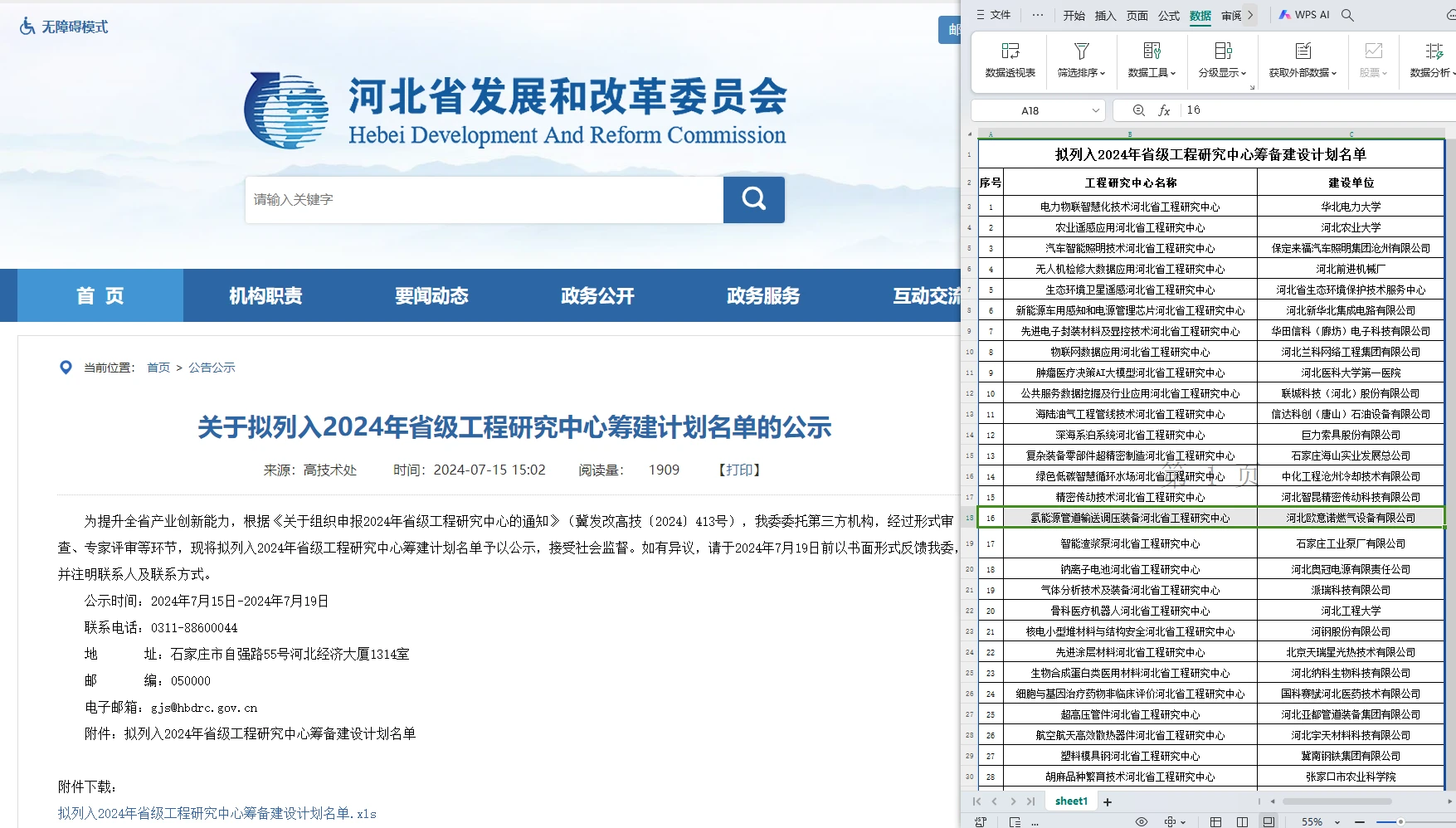
Dec . 07, 2024 13:18
Back to list
pressure reduction skid
Understanding Pressure Reduction Skids Ensuring Safety and Efficiency in Fluid Transport
In industrial applications, managing pressure in fluid transport systems is crucial for efficient and safe operations. A pressure reduction skid is an engineered assembly specifically designed to safely reduce the pressure of fluids flowing through pipelines. These skids are particularly vital in industries such as oil and gas, water treatment, and chemical manufacturing, where high-pressure fluids need to be handled.
What is a Pressure Reduction Skid?
A pressure reduction skid comprises various components, including valves, pressure gauges, flow meters, and piping, all mounted on a robust frame. The design of a skid allows it to be pre-assembled and tested at the manufacturing facility before being shipped to the site. This approach minimizes installation time and ensures that the system functions correctly upon delivery.
The primary purpose of a pressure reduction skid is to lower the pressure of fluids to levels suitable for downstream processes. This step is essential to prevent damage to equipment and to ensure the safety of personnel working in close proximity to high-pressure systems. By controlling fluid pressure, companies can enhance operational efficiency while adhering to safety regulations.
Key Components of Pressure Reduction Skids
1. Pressure Regulators These devices automatically adjust and maintain the desired pressure in the system, ensuring that downstream processes operate within safe limits. Regulators can be adjusted to accommodate varying flow rates and pressures, providing flexibility in operations.
2. Valves Various valves are employed to control the flow of fluids within the skid. These include shut-off valves, check valves, and control valves. Each plays a critical role in ensuring the system operates smoothly and safely.
3. Instrumentation Pressure gauges and flow meters are essential for monitoring the system's performance. Accurate readings help operators make informed decisions regarding adjustments and maintenance, which is crucial for sustaining operational integrity.
pressure reduction skid

4. Bypass Lines In some designs, bypass lines allow for the diversion of fluid around the pressure reduction skid during maintenance or in case of an emergency. This feature enhances the overall reliability of the system.
Applications of Pressure Reduction Skids
Pressure reduction skids are ubiquitous across various industries. In the oil and gas sector, they are employed in processing facilities to manage high pressures from crude oil extraction and transportation. In water treatment plants, these skids facilitate the safe distribution of potable water, maintaining appropriate pressure levels for effective treatment.
In chemical manufacturing, pressure reduction skids are vital in managing reactant flow rates and pressures to optimize production efficiency. The pharmaceutical industry also relies on these skids to ensure the safe handling of volatile compounds and adherence to strict safety standards.
Benefits of Pressure Reduction Skids
The implementation of pressure reduction skids brings numerous benefits
- Safety By ensuring that fluid pressures are maintained within safe limits, these skids help prevent accidents, leaks, and equipment failure. - Operational Efficiency Reducing pressure at critical points in the system enhances overall operational efficiency, lowering the risk of downtime due to equipment malfunction. - Cost-Effectiveness While the initial investment in a pressure reduction skid may seem significant, the long-term savings through reduced maintenance costs and increased system reliability are substantial.
In conclusion, pressure reduction skids play a vital role in modern industrial operations. Their ability to manage fluid pressure effectively ensures safety, enhances efficiency, and helps industries meet regulatory standards. As technologies continue to advance, pressure reduction skids will be fundamental in supporting the evolving needs of fluid transport systems across various sectors.
Next:
Latest news
-
Safety Valve Spring-Loaded Design Overpressure ProtectionNewsJul.25,2025
-
Precision Voltage Regulator AC5 Accuracy Grade PerformanceNewsJul.25,2025
-
Natural Gas Pressure Regulating Skid Industrial Pipeline ApplicationsNewsJul.25,2025
-
Natural Gas Filter Stainless Steel Mesh Element DesignNewsJul.25,2025
-
Gas Pressure Regulator Valve Direct-Acting Spring-Loaded DesignNewsJul.25,2025
-
Decompression Equipment Multi-Stage Heat Exchange System DesignNewsJul.25,2025

